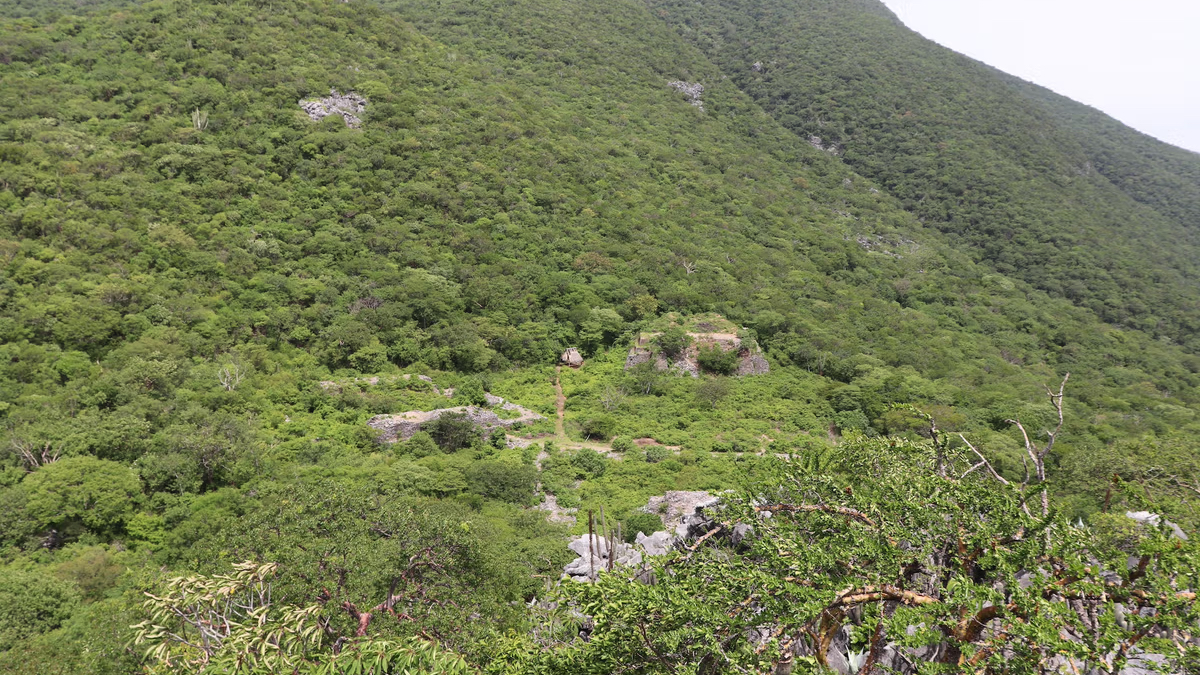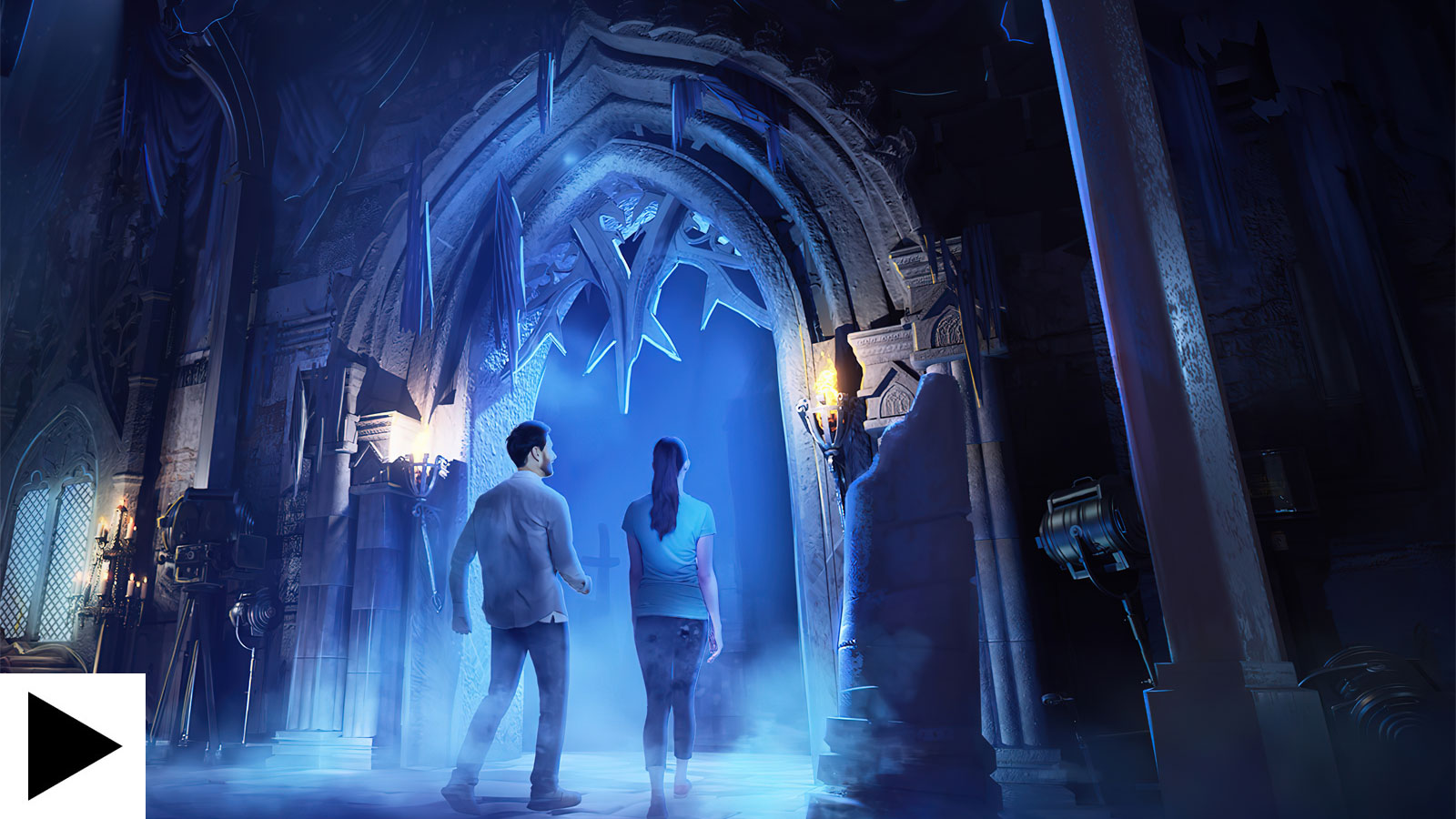|
An ancient Mexican archaeological site, originally thought to be a fortress, is actually a sprawling and well-preserved 600-year-old city. Built by the Zapotecs, the true extent of Guiengola, located around 520km south-east of Mexico City, has been revealed with the help of airborne lidar—a laser mapping technology that enables archaeologists to peer through the thick forest canopy covering the site and see the buildings hidden beneath.

Tom Anstey | Planet Attractions | 19 Feb 2025


An ancient Mexican archaeological site, originally thought to be a fortress, is actually a sprawling and well-preserved 600-year-old city. Built by the Zapotecs, the true extent of Guiengola, located around 520km south-east of Mexico City, has been revealed with the help of airborne lidar—a laser mapping technology that enables archaeologists to peer through the thick forest canopy covering the site and see the buildings hidden beneath.
“In my research, we discovered that what we thought was a fortress, was a whole urban settlement, with elite residences, temple-pyramids and commoner neighbourhoods,” says Pedro Guillermo Ramón Celis, a Banting postdoctoral researcher at McGill University in Canada, and author of the paper, published in the journal Ancient Mesoamerica. “I found that this city is like a snapshot of how people built their urban areas and lived in them just before European contact.”
Constructed during the 15th century, Guiengola is located on a plateau covered in a thick forest canopy, which has hindered previous attempts to map the site. From oral history and Spanish sources, however, the location is known as the fortress where the Zapotecs—a civilization from the nearby Central Valleys of Oaxaca, who flourished from roughly 700BCE to 1521CE—defended themselves from an Aztec invasion, an event that included a seven-month siege and culminated in a rare Aztec defeat.
More from The Art Newspaper
Live
|
|






Supplier Showcase 2025: The biggest attractions projects landing worldwide this year
|